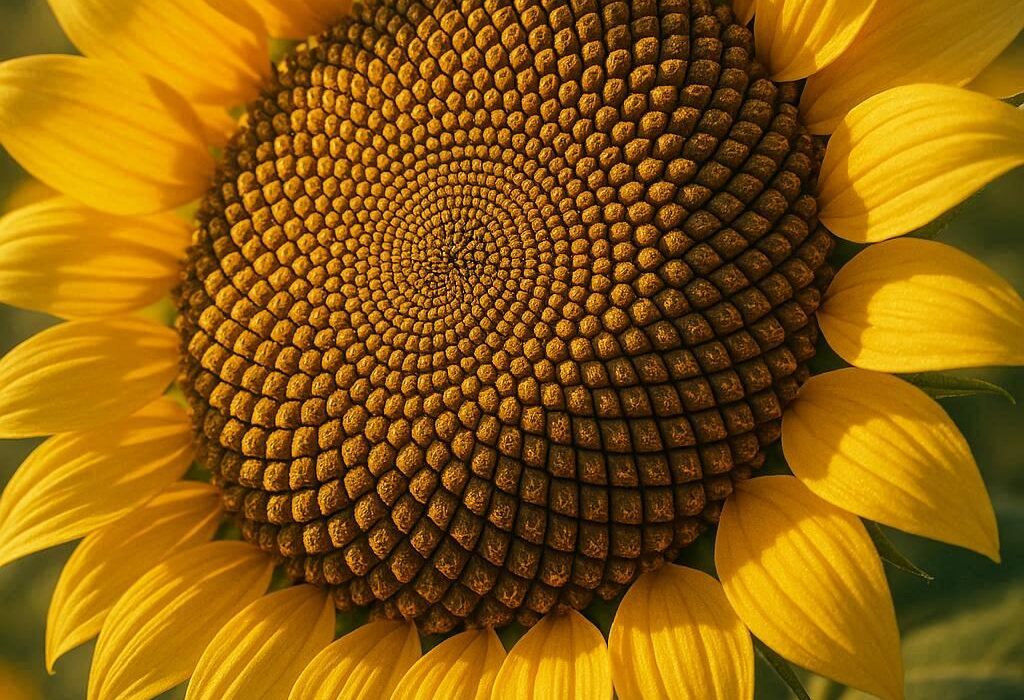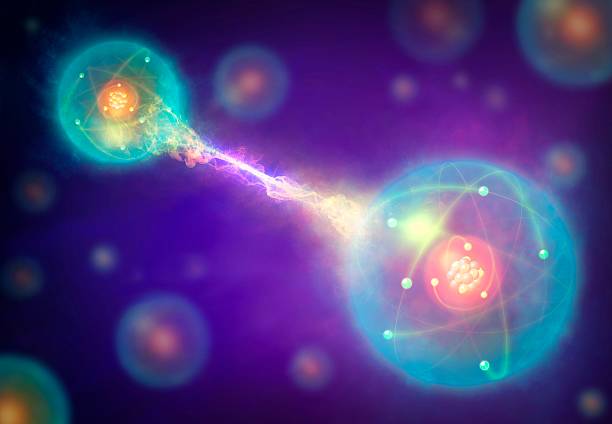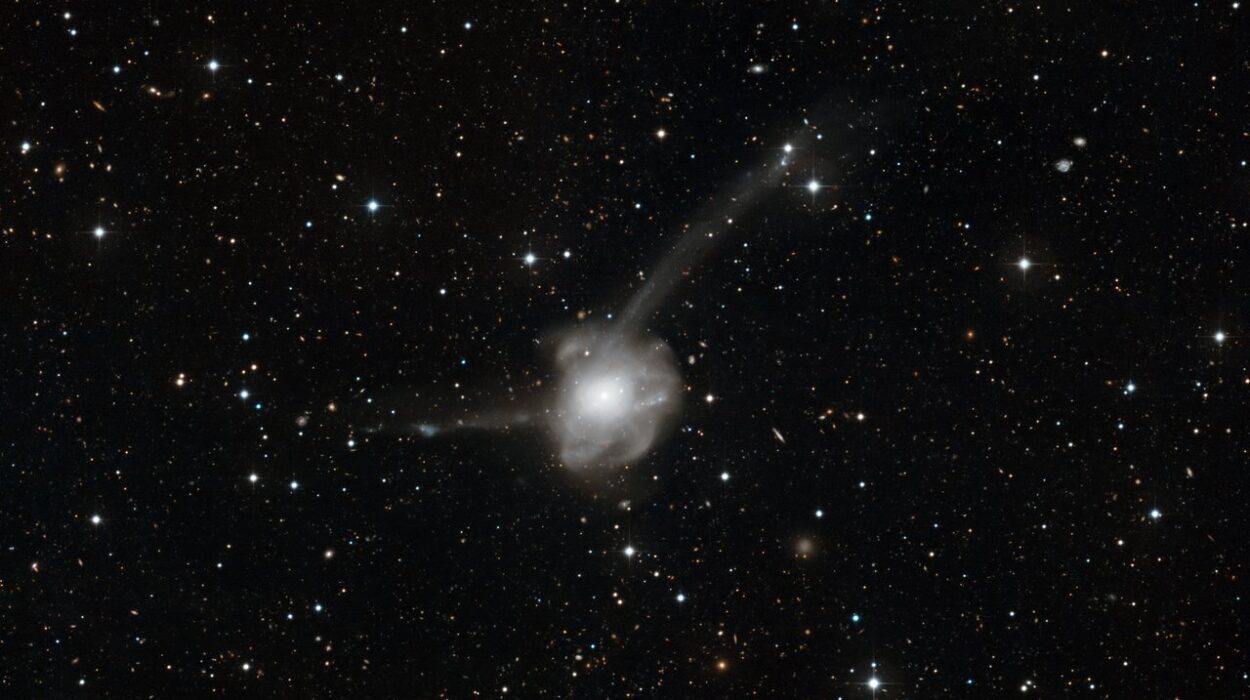The universe is not a silent vacuum of emptiness. Around stars, including our own Sun, swirls an intricate ballet of dust, gas, and ice—remnants of planetary birth and destruction. In our Solar System, this cosmic haze forms the zodiacal cloud, a vast disk of microscopic dust grains that scatter sunlight and create the faint zodiacal light visible from Earth on dark nights. But our Sun is not unique. Observations over the past few decades have revealed that many other stars possess similar dusty structures known as exozodiacal dust clouds, or “exozodis.” These dusty halos encircle stars across the galaxy, illuminating the complex and ongoing story of planetary evolution.
Exozodiacal dust clouds are more than just celestial curiosities; they are critical markers of how planetary systems form, evolve, and die. They influence the architecture of planets, shape potential habitable zones, and challenge astronomers who attempt to directly image Earth-like worlds. Understanding them helps us read the hidden history of distant solar systems and glimpse our own cosmic origins from an external perspective.
The Origins of the Term and Its Connection to Our Solar System
The term “exozodiacal dust” originates from an analogy with the zodiacal dust cloud in our own Solar System. The zodiacal cloud is composed of fine particles, mostly produced by collisions between asteroids and the evaporation of comets as they approach the Sun. These particles scatter sunlight, creating a dim, triangular glow along the ecliptic, most visible just after sunset or before sunrise.
When astronomers began detecting similar infrared excesses around other stars, they realized they were observing the same kind of phenomenon, only beyond our Solar System. The prefix “exo–” simply means “outside,” so “exozodiacal” refers to dust clouds existing around stars other than the Sun.
The study of exozodiacal dust connects directly to our understanding of planetary system formation. Just as the zodiacal cloud in our Solar System traces the debris of ongoing collisional activity, exozodiacal clouds trace the afterlife of planet formation in distant systems. By comparing the two, scientists can explore whether our planetary environment is typical or exceptional.
The Composition and Physical Properties of Exozodiacal Dust
Exozodiacal dust consists primarily of microscopic solid particles—silicates, carbonaceous material, and sometimes icy components—depending on the star’s temperature and the distance from it. These grains are typically between a fraction of a micron and a few hundred microns in size. Their small size allows them to interact strongly with stellar radiation through absorption, emission, and scattering.
Because the dust is so fine, it is highly sensitive to radiation pressure and stellar winds. In many systems, this pressure would quickly push the dust away, meaning the observed exozodiacal clouds must be continuously replenished. This replenishment can occur through ongoing collisions between larger bodies, such as asteroids and comets, or through the sublimation of volatile-rich materials.
The temperature of the dust depends on its distance from the star. Warm dust near the habitable zone can reach temperatures of hundreds of degrees Kelvin, emitting thermal radiation at mid-infrared wavelengths. Cooler dust farther out emits primarily in the far-infrared or submillimeter range. By measuring these emissions, astronomers can estimate the dust’s mass, temperature, and spatial distribution.
The grains themselves are not uniform. Spectroscopic analysis reveals that their composition varies from one system to another. Some exozodis show silicate features similar to Earth’s crustal materials, while others are dominated by amorphous carbon or metallic inclusions. These differences provide clues about the building blocks of planets in each system and about the processes that shape them.
How Astronomers Detect Exozodiacal Dust Clouds
Detecting exozodiacal dust is one of the most challenging tasks in observational astronomy. The dust is faint, while the host star is overwhelmingly bright. The light from an exozodiacal cloud is typically a million times dimmer than the light of its star, demanding extreme precision in both instrumentation and analysis.
Astronomers first infer the presence of exozodiacal dust through infrared excess emission—extra infrared light that cannot be explained by the star alone. Since dust absorbs stellar light and re-emits it as infrared radiation, any excess in these wavelengths suggests the presence of warm dust around the star. Observations from space-based telescopes such as the Infrared Astronomical Satellite (IRAS), Spitzer Space Telescope, and WISE have been instrumental in identifying such excesses.
However, infrared excess alone cannot pinpoint where the dust lies or how it is distributed. To overcome this, astronomers employ interferometry, a technique that combines light from multiple telescopes to achieve extremely high spatial resolution. Instruments like the Very Large Telescope Interferometer (VLTI) in Chile and the CHARA Array in the United States have made it possible to spatially resolve warm dust close to stars.
Another method involves polarimetry, which measures the polarization of scattered light. Dust particles polarize light differently than stars do, so by detecting specific polarization signatures, astronomers can infer the presence and orientation of dusty disks.
The advent of coronagraphy and nulling interferometry—techniques designed to suppress starlight while revealing faint surrounding structures—has further advanced the field. Future missions, such as NASA’s Habitable Worlds Observatory and the proposed LIFE interferometer, aim to detect and characterize exozodiacal dust at levels low enough to distinguish Earth-like planets from the surrounding glare.
The Dynamics and Maintenance of Exozodiacal Dust
The persistence of exozodiacal dust requires a continuous source of replenishment. In most systems, the dust grains are short-lived because they are destroyed by collisions, blown away by radiation pressure, or spiraled inward by the Poynting–Robertson effect—a process where interaction with starlight causes particles to lose angular momentum and fall toward the star.
To maintain a stable dust population, new material must be constantly generated. The most common sources are collisions between planetesimals—the leftover building blocks of planets. In densely populated debris belts, such collisions grind larger bodies into fine particles, maintaining a steady-state balance between creation and destruction.
Cometary activity is another major contributor. When icy bodies pass near the star, they sublimate, releasing gas and dust that replenishes the inner disk. Some exozodiacal clouds may even be enhanced during periods of dynamical instability, when gravitational perturbations send large numbers of comets inward, similar to what may have happened during the Late Heavy Bombardment in our Solar System.
Planetary dynamics play a crucial role in shaping and sustaining exozodiacal dust. Planets can trap particles in resonances, creating patterns of density and brightness in the dust distribution. They can also scatter material inward or outward, depending on orbital configurations. Thus, the structure of an exozodiacal cloud can reveal the hidden architecture of a planetary system, providing indirect evidence for unseen planets.
The Relationship Between Exozodiacal Dust and Planet Formation
Exozodiacal dust clouds offer valuable insight into the processes of planet formation. In young systems, they represent the remnants of protoplanetary disks—the dusty, gaseous environments where planets form. As planets coalesce, they clear out paths within the disk, leaving behind gaps and rings that can persist for millions of years. The dust that remains becomes a tracer of these dynamic interactions.
In older systems, exozodiacal dust signals ongoing collisional evolution among asteroids and comets. Such activity suggests that the system remains dynamically active, even long after planet formation has concluded. This can provide crucial information about the long-term stability of planetary systems and the likelihood of habitable worlds enduring over cosmic timescales.
In some cases, the detection of warm dust close to mature stars challenges existing models of planetary system evolution. For example, the discovery of bright exozodiacal dust around stars several billion years old implies either continuous replenishment or recent catastrophic events. These could include massive collisions between planetesimals or planetary disruptions caused by gravitational interactions.
How Exozodiacal Dust Affects Exoplanet Detection
One of the most important reasons astronomers study exozodiacal dust is its impact on direct imaging of exoplanets. The faint glow of an Earth-like planet orbiting a nearby star is easily overwhelmed by exozodiacal dust emission. Even a modest amount of dust can produce brightness levels comparable to or greater than the signal from a terrestrial planet.
In optical and infrared observations, the scattered and emitted light from exozodiacal dust creates a diffuse background known as exozodi noise. This noise complicates efforts to detect small planets and analyze their atmospheres. For missions designed to image habitable-zone planets, such as the proposed Habitable Worlds Observatory, understanding and mitigating exozodi interference is crucial.
Accurate modeling of exozodiacal dust distribution helps astronomers predict which systems are most favorable for exoplanet imaging. Systems with low dust content are prioritized because their inner regions are clearer, making planets easier to detect. Conversely, systems with bright exozodis may be deprioritized for direct imaging but remain valuable for studying the dynamics of debris and planetary architecture.
Observational Highlights and Case Studies
Several well-studied systems provide critical insights into exozodiacal dust phenomena. The star Vega, one of the brightest in the sky, was among the first to show an infrared excess indicative of a debris disk. Subsequent observations revealed a complex structure of warm and cold dust, suggesting both inner and outer belts of material.
The nearby star Fomalhaut also hosts an intricate dust ring, imaged in remarkable detail by the Hubble Space Telescope and ALMA. The sharp edges and asymmetries in Fomalhaut’s disk suggest gravitational sculpting by unseen planets. In 2023, observations confirmed the presence of warm dust in its inner system, hinting at ongoing activity akin to our zodiacal cloud.
Another notable case is Epsilon Eridani, a Sun-like star with a prominent debris disk and confirmed exoplanet. Its inner region shows evidence of exozodiacal dust likely produced by asteroid collisions, providing an analog for our own Solar System’s architecture at an earlier evolutionary stage.
Systems like Tau Ceti and Eta Corvi further illustrate the diversity of exozodis. Tau Ceti, known for its relative proximity and potential habitability, has a dust disk that complicates exoplanet detection, while Eta Corvi shows signs of a recent massive collision, resulting in an unusually bright and warm dust component.
The Role of Space Missions and Ground-Based Observatories
The study of exozodiacal dust relies on the combined power of space-based observatories and advanced ground-based instruments. Infrared space telescopes such as Spitzer, Herschel, and WISE laid the foundation by identifying hundreds of debris disks through infrared excesses. The James Webb Space Telescope (JWST) now extends this legacy, with its unprecedented sensitivity allowing astronomers to resolve fainter and warmer dust close to stars.
Ground-based facilities like the VLTI, equipped with instruments such as MATISSE and PIONIER, have achieved extraordinary angular resolution, enabling direct detection of warm dust near the habitable zones of nearby stars. The Large Binocular Telescope Interferometer (LBTI) has played a pivotal role in surveying exozodiacal dust levels across dozens of systems, helping determine how common such dust is among Sun-like stars.
Future missions are poised to revolutionize the field. NASA’s Habitable Worlds Observatory and ESA’s proposed LIFE (Large Interferometer for Exoplanets) will combine high-contrast imaging and interferometry to separate planetary light from exozodi emission. These missions will not only search for habitable planets but also map the dusty environments that accompany them.
The Challenges of Modeling and Interpretation
Despite major observational advances, modeling exozodiacal dust remains complex. The dynamics of dust particles depend on multiple factors, including stellar radiation, magnetic fields, planetary resonances, and collisional processes. Simulating these interactions requires massive computational resources and precise knowledge of material properties.
The geometry of exozodiacal clouds can be highly asymmetric. Dust rings may exhibit warps, offsets, or clumps caused by planetary perturbations or recent collisions. Disentangling these features from observational artifacts is difficult, particularly when data are limited by resolution and sensitivity.
Spectral analysis adds another layer of complexity. The emission spectra of dust depend on grain composition, size distribution, and temperature. Multiple combinations of these parameters can produce similar spectra, leading to degeneracies in interpretation. Breaking these degeneracies requires multi-wavelength data and cross-validation with physical models.
Additionally, exozodiacal dust must be distinguished from other sources of infrared excess, such as stellar winds or background galactic emission. Misidentification can lead to overestimation or underestimation of dust levels. Thus, interpreting exozodi observations demands both careful data analysis and a deep understanding of astrophysical processes.
Exozodiacal Dust and the Search for Life
Beyond its impact on planet detection, exozodiacal dust has profound implications for the search for extraterrestrial life. The distribution and composition of dust can influence the stability of habitable zones by affecting temperature and radiation environments. In dense exozodis, increased scattering and absorption of light can alter the thermal balance of inner planetary systems.
Dust particles can also serve as carriers of complex organic molecules. Spectroscopic studies of debris disks have revealed features consistent with polycyclic aromatic hydrocarbons (PAHs) and other carbon-based compounds. If such materials are widespread in exozodiacal environments, they may contribute to the chemical preconditions necessary for life.
However, exozodiacal dust also poses observational barriers to detecting biosignatures. The faint spectral features that might indicate life—such as oxygen or methane in a planetary atmosphere—can be easily drowned out by dust emission. Understanding the nature and extent of exozodis is therefore essential to accurately interpreting future detections of habitable planets.
Comparative Studies and Solar System Context
Our own zodiacal cloud serves as a natural benchmark for studying exozodiacal dust. Measurements from spacecraft such as Pioneer, Helios, and Juno have mapped the distribution and composition of interplanetary dust in the Solar System, offering a template for comparison.
By scaling models of our zodiacal dust to other stellar environments, astronomers can estimate relative brightness levels and interpret observational data. Many systems exhibit dust levels hundreds or even thousands of times greater than those in our Solar System, suggesting recent or ongoing collisional activity.
Comparative analysis also helps place the Solar System in context. If exozodiacal dust levels are typically higher elsewhere, it may indicate that our planetary system has reached a rare state of dynamical calm. Conversely, if low-dust systems are common, it could mean that our environment is typical for mature, stable systems capable of supporting long-term habitability.
The Future of Exozodiacal Dust Research
The coming decades promise transformative progress in our understanding of exozodiacal dust. Advancements in interferometry, adaptive optics, and space-based imaging will allow astronomers to probe these dusty environments with unprecedented clarity. Multi-wavelength observations—from near-infrared to submillimeter—will map the temperature and density gradients of exozodis in exquisite detail.
Computational modeling will also play a central role. High-resolution simulations can track the evolution of dust under gravitational, collisional, and radiative forces, producing synthetic observables for direct comparison with data. By integrating observational and theoretical work, researchers can reconstruct the life cycles of debris systems, from the birth of dust in collisions to its eventual dispersal by stellar radiation.
Interdisciplinary collaboration will be key. Astrophysicists, planetary scientists, and chemists will need to work together to interpret the chemical signatures and dynamical structures of exozodis. Machine learning techniques may help analyze vast datasets, identifying patterns and correlations invisible to traditional methods.
Ultimately, the study of exozodiacal dust will remain deeply intertwined with the quest to find other Earths. Understanding the debris that surrounds stars is not just an exercise in cosmic housekeeping—it is a gateway to understanding how worlds form, evolve, and endure amid the constant churn of the cosmos.
Conclusion
Exozodiacal dust clouds are among the most revealing, yet challenging, features of planetary systems beyond our own. They are the byproducts of creation and destruction, the silent witnesses to the histories of alien worlds. These clouds trace the invisible hands of gravity and time, mapping the scars of collisions, migrations, and resonances that shape planetary architectures.
By studying them, astronomers glimpse both the past and the future of planetary systems. The dust encircling distant suns may someday tell us not only where planets form but also where life might emerge—or where it has already vanished. In their faint, shimmering light lies a cosmic record of matter in motion, linking the birth of planets to the enduring evolution of the universe itself.
As instruments grow more sensitive and our understanding deepens, exozodiacal dust will continue to illuminate one of astronomy’s greatest narratives: that the processes shaping the heavens around other stars are the same that once shaped our own. And in the glow of those distant dust clouds, we find reflections of our own cosmic story written across the galaxy.






